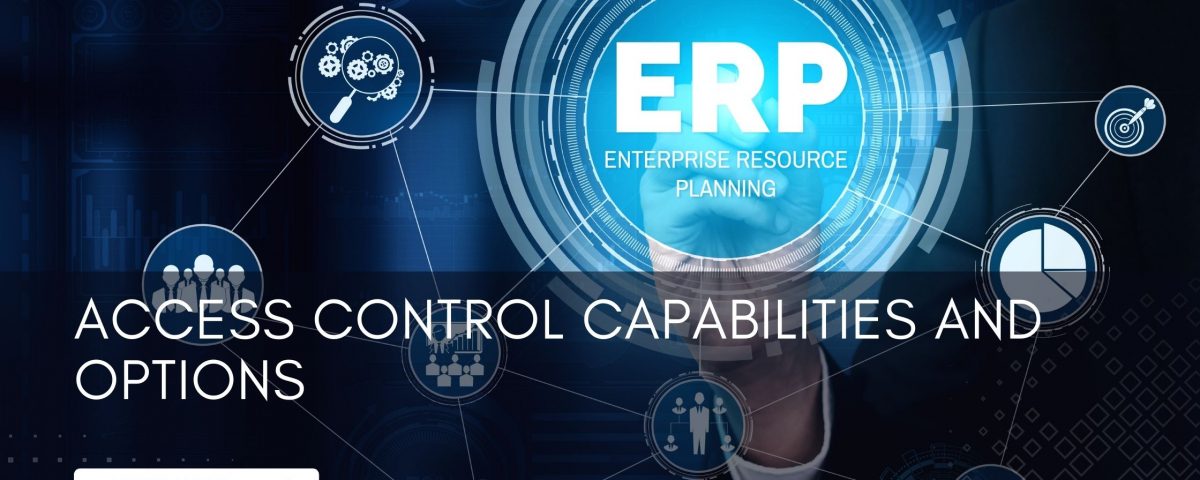Access Control Capabilities and options


5 Access control capabilities you need & access governance options
This five-part blog discusses why IDM is not enough to protect your ERP. This series explores the following topics:
The four threats to your ERP posed by user access request management
Why you need fine-grained identity governance and administration
5 Access control capabilities you need & access governance options
This blog series has focused on access control challenges and the different approaches to controlling access to your organization's resources and data. In this last blog of the five-part series, we will be looking at what capabilities you should look for in an access management solution.
1. Access Policy Management
Access policy is a fundamental management responsibility. Access control policies are high-level requirements that specify how access to information is managed, who can view it, and under what circumstances. For example, policies may pertain to usage within or across the organization or may be based on authority, obligation, or conflict-of-interest factors. Access control policies are executed at a high level through an application like SafePaaS that translates a user's access request into the system's access structure, like a policy or role-based design.
2. Enterprise Security Modeling
Security models are formal explanations of the security policy enforced by the system. They help prove the hypothetical limitations of a system. Access security modeling allows organizations to clarify precisely what an access role entitles a user to see and execute and in which applications. Security modeling can also help you ensure that users does not have any SoD cross-application conflicts.
Security modeling allows leadership to examine enterprise roles—for example, the "controller" role. Organizations can define that role, get it out across multiple systems, and ensure from a risk perspective that they are comfortable with the level of access that role grants the user.
3. Continuous Access Monitoring
Continuous access monitoring provides organizations a dashboard view of risk. This dashboard shows organizations their access and entitlements in real-time so they can prevent issues such as entitlement creep. As a role evolves within the organization, you can ensure a continuous view. Monitoring access as it ebbs and flows is necessary as business processes and roles change frequently.
4. API Services for IDM and ITSM Workflow
APIs enable two software components to communicate with each other. In terms of IDM, APIs are a big marketplace ask. APIs are what allow SafePaaS to integrate with IDM systems such as SailPoint and ITSM such as ServiceNow to provide users with an Identity Governance dashboard with a fine-grained view of their risk and compliance. The most successful IGAs offer consistent ITSM workflows, and all process requests go through the ITSM.
For effective access management, you need integrations to ensure that you have a holistic process for identity governance While automation is important, you should never automate so much that you're not monitoring for risk in the background. Having an IDM, ITSM, and GRC solution all working together (or on a unified platform such as SafePaaS) helps show the different dimensions of the access process to prevent security gaps.
5. Risk Mitigation
The ability to mitigate risk proactively and provide a look back analysis as well as privileged access management are indispensable components of risk management - these components proactively mitigate risk and provide auditors the data they need.
Organizations need to know when things are changing and why they are changing. Role Management allows businesses to spot new risks with role composition across all your applications.
Enterprises must be ready to evaluate their capabilities and gaps against common access and identity management practices in access certification, entitlement management, access requests, tracking, and reporting and also be equipped to close those gaps. Policy-based Identity Access Governance solutions like SafePaaS help bridge the gaps and help organizations apply and maintain governance, risk and compliance in a single, centralized platform.

